
The Ultimate Guide to the Bottle Brush Plant: Care, Varieties, and More
Introduction
The bottle brush plant captivates with its vibrant, spiky flowers. Gardeners adore this eye-catching evergreen for its unique look. Native to Australia, it thrives in sunny spots, attracting hummingbirds and other wildlife. In this article, we’ll cover everything you need to know about caring for, propagating, and selecting varieties of the bottle brush plant.
Speaking of vibrant colors, have you ever thought about adding a touch of nature to your home with organic fertilizer for flowering plants? It’s like giving your plants a nutritious snack that helps them bloom beautifully!
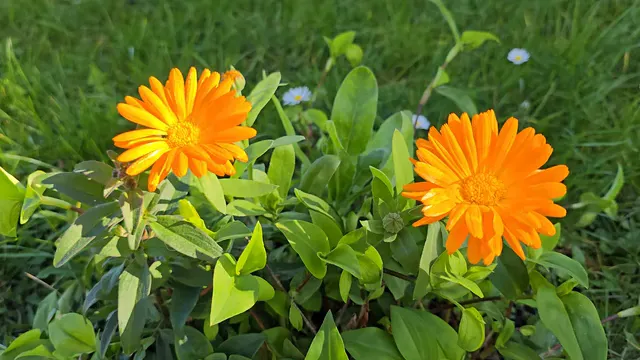
Summary and Overview
The bottle brush plant belongs to the Callistemon genus, part of the myrtle family (Myrtaceae). With around 35 species, it’s primarily found in Australia but has gained popularity worldwide. Common names include crimson bottle brush and lemon bottle brush. This plant can reach heights of up to 25 feet, depending on the species. The most recognized variety is Callistemon citrinus, boasting bright red flower spikes that bloom from spring to summer. Its leaves are lance-shaped and emit a pleasant scent when touched. The bottle brush plant serves various gardening purposes, such as hedges or ornamental features. Understanding its needs is essential for healthy growth and stunning blooms.
If you’re looking to create a stunning garden that attracts butterflies, consider a butterfly garden kit. This kit can bring your garden to life with vibrant colors and lively pollinators! Who wouldn’t want a garden party with butterflies as guests?

Growing and Caring for Bottle Brush Plants
Understanding the Bottle Brush Plant
The bottle brush plant is known for its unique appearance and diverse growth habits. It can grow as a shrub or tree, reaching heights from 3 to 25 feet, depending on the species. Notable types include Callistemon citrinus and Melaleuca viminalis. The plant’s vibrant flower clusters attract pollinators, making it beneficial for local ecosystems. By planting bottle brush, you contribute to a healthier garden and support wildlife.
To keep your plants thriving, consider using a soil moisture meter. It takes the guesswork out of watering, ensuring your plants get just the right amount of hydration. No more guessing games!

Growing Conditions for Bottle Brush
Bottle brush plants thrive in full sun, ideally receiving six hours of direct sunlight daily. They prefer well-draining soil that retains some moisture but avoids waterlogging. Amendments like compost can improve drainage. These plants are moderately salt-tolerant, making them suitable for coastal gardens. They grow best in hardiness zones 8B to 11B. Watering should be consistent, especially during dry spells, allowing the soil to dry out slightly between waterings. Proper spacing allows air circulation, promoting healthy growth.
When it comes to watering, you might want to invest in a watering system. This way, you can ensure your plants are hydrated even when you’re busy binge-watching your favorite show!
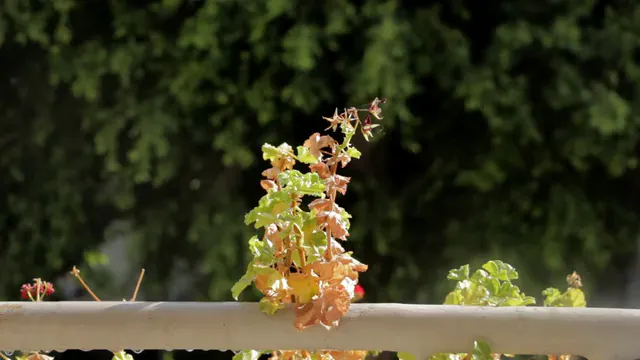
Watering and Fertilizing
Bottle brush plants thrive with consistent watering, especially during dry spells. Ideally, water your plant deeply every week. In hotter months, you may need to check more frequently. The top two inches of soil should feel dry before watering again. Overwatering can lead to root rot, so ensure pots have drainage holes.
For fertilizing, use a balanced, slow-release fertilizer in spring. This encourages healthy growth and vibrant blooms. A formula high in phosphorus supports flowering. Apply according to package directions, usually every six weeks during the growing season. Watch for signs of nutrient deficiency, like yellowing leaves, which may indicate a need for additional nutrients.

Pruning and Maintenance
Pruning is vital for your bottle brush plant’s health and shape. It promotes better airflow and encourages blooming. The best time to prune is after flowering, typically in late summer. Remove dead or damaged branches to support new growth.
Use clean, sharp tools to make precise cuts. Avoid cutting too much at once, as this can stress the plant. Regular maintenance helps maintain a compact shape and enhances flowering. Common mistakes include pruning too late in the season or not removing spent blooms, which can hinder new growth.
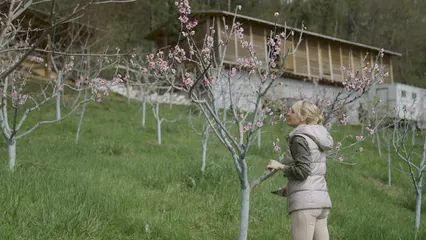
Propagation Techniques
You can propagate bottle brush plants using seeds or cuttings. Seed propagation is straightforward. Collect seeds from mature capsules and sow them in spring. Use a light, well-draining potting mix. Keep the soil moist and warm until germination occurs.
For cuttings, take 6- to 10-inch sections from healthy stems in summer. Remove lower leaves and dip the cut end in rooting hormone powder. Plant the cutting in a pot with a mix of peat and perlite. Maintain humidity and warmth for best results. Remember, cuttings generally root faster than seeds, making them a preferred method for many gardeners.
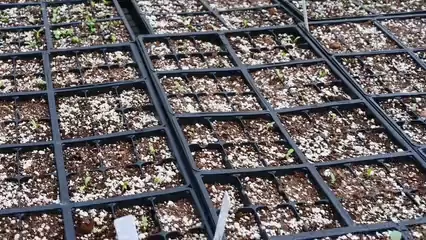
Pests and Diseases
Bottle brush plants can attract a few common pests. Scale insects are among the most notable. They suck sap from the plant, causing leaves to yellow and drop. Regularly inspect your plants for these pests. If you spot them, use horticultural oil for pest control to eliminate them effectively.
Diseases can also pose a threat. Overwatering may lead to root rot, which manifests as wilting or yellowing leaves. Ensure your plant has well-draining soil and only water when needed. If you notice any unusual browning or spots on leaves, it may indicate a fungal issue. Treat with a suitable fungicide to help restore health.

Recognizing signs of distress is vital. Yellow leaves might suggest nutrient deficiency or overwatering. Wilting can indicate stress from drought or excessive moisture. By monitoring your bottle brush plants closely, you can take action before issues escalate.
Overwintering Bottle Brush Plants
Protecting bottle brush plants in colder climates is essential for their survival. Frost can severely damage these vibrant plants. If you live in a region with harsh winters, consider moving your bottle brush indoors or into a greenhouse for indoor plant care.
When winter arrives, ensure they’re in a bright spot, ideally between 5 and 10°C. This temperature range helps maintain health during dormancy. Water sparingly, allowing the soil to dry out slightly. Avoid fertilizing during this period, as the plant needs rest.
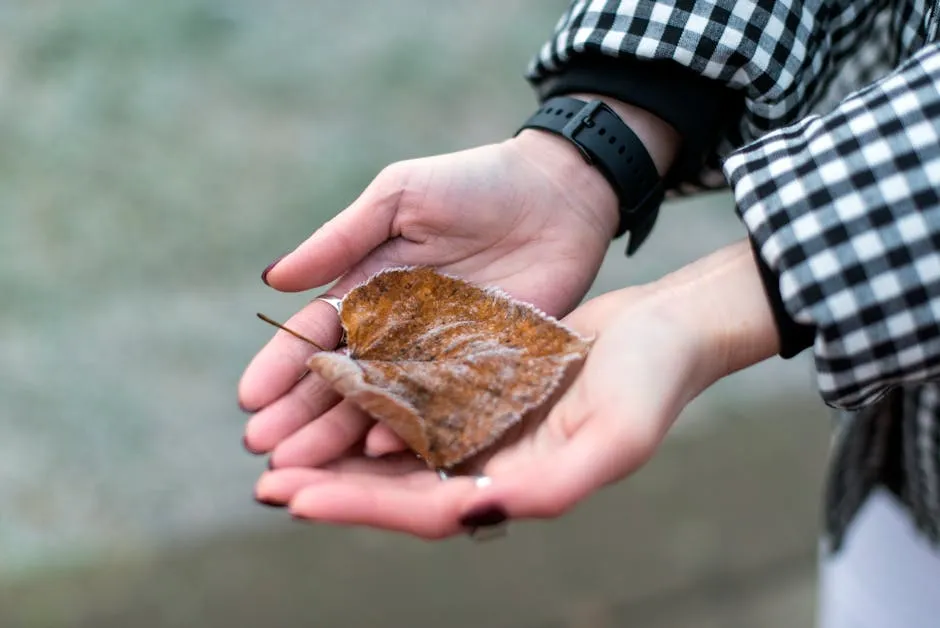
Look for signs of stress, like yellowing leaves or drooping stems. These could indicate inadequate light or humidity. By providing the right conditions, your bottle brush can thrive and return to full glory in spring.
FAQs
How long do bottle brush plants live?
Bottle brush plants can live for 20 to 50 years. Their lifespan depends on factors like care and environment. Proper watering, sunlight, and soil conditions can enhance longevity. In ideal conditions, they thrive and provide beauty for decades.
Can bottle brush plants be grown indoors?
Yes, bottle brush plants can be grown indoors. They need bright light, ideally six hours daily. Use well-draining soil to prevent root rot. Make sure to keep humidity levels moderate. If possible, move them outside during the warmer months for better growth.
Are bottle brush plants toxic to pets?
Bottle brush plants are not toxic to pets. They are safe for dogs and cats. However, it’s wise to discourage pets from chewing on any plants. While not harmful, ingestion can still cause mild gastrointestinal upset.
What is the best time to prune bottle brush plants?
The best time to prune bottle brush plants is after flowering. This usually occurs in late summer. Pruning helps promote new growth and enhances blooming. Regularly removing dead or damaged branches also maintains the plant’s health and shape.
How can I attract hummingbirds with bottle brush plants?
To attract hummingbirds, ensure your bottle brush plants are healthy and blooming. Plant them in full sun to encourage more flowers. Consider adding a variety of colors, as hummingbirds are drawn to bright blooms. Avoid pesticides, as they repel these beautiful birds.
Please let us know what you think about our content by leaving a comment down below!
Thank you for reading till here 🙂 And if you want to keep things organized in your gardening journey, don’t forget a gardening tool organizer to keep all your essentials in one place!
For more insights on how to care for indoor plants, check out our article on how to cultivate beautiful orchids for indoor gardening.
If you’re looking for additional tips on gardening, you might find our guide on raised bed gardening tips and tricks helpful.
All images from Pexels



